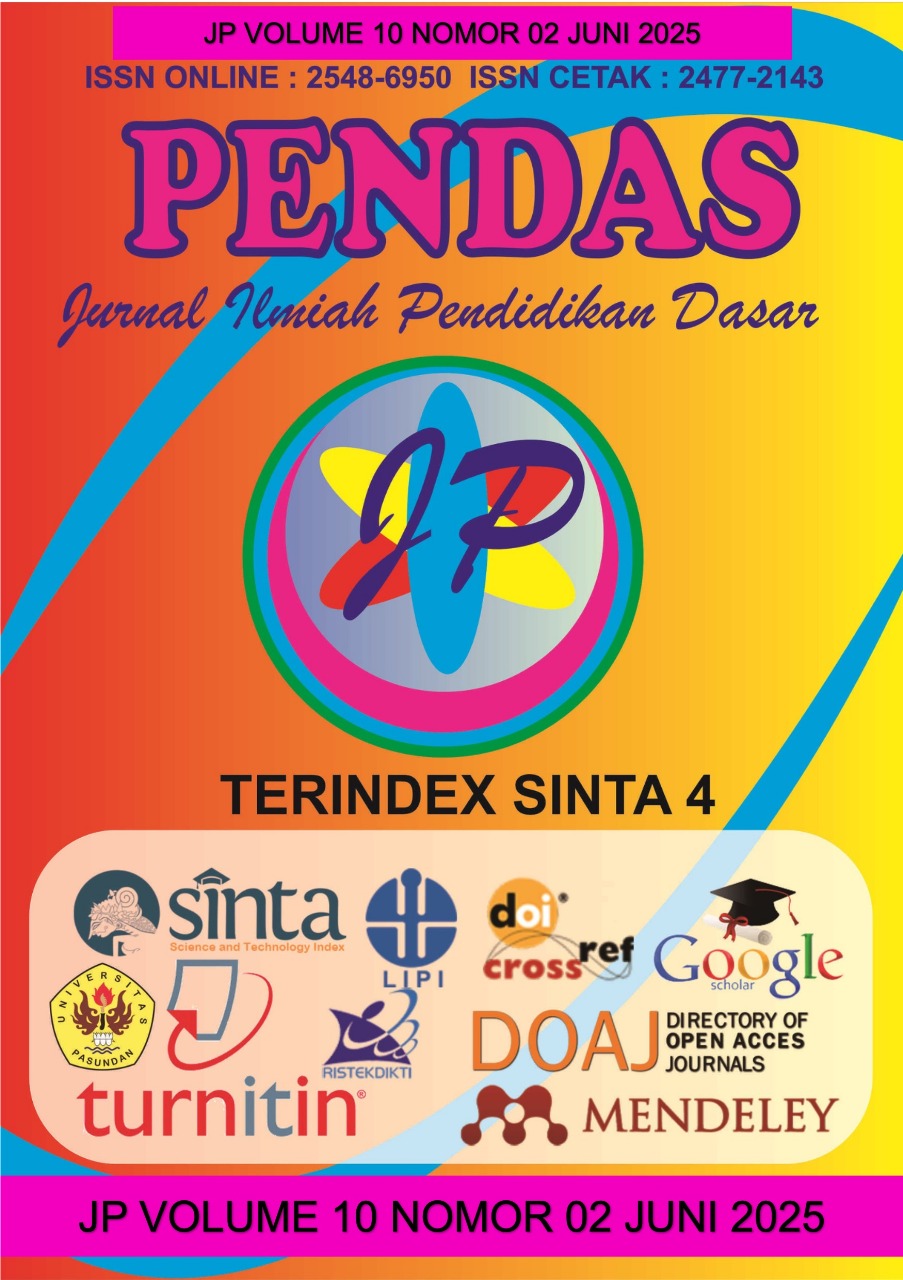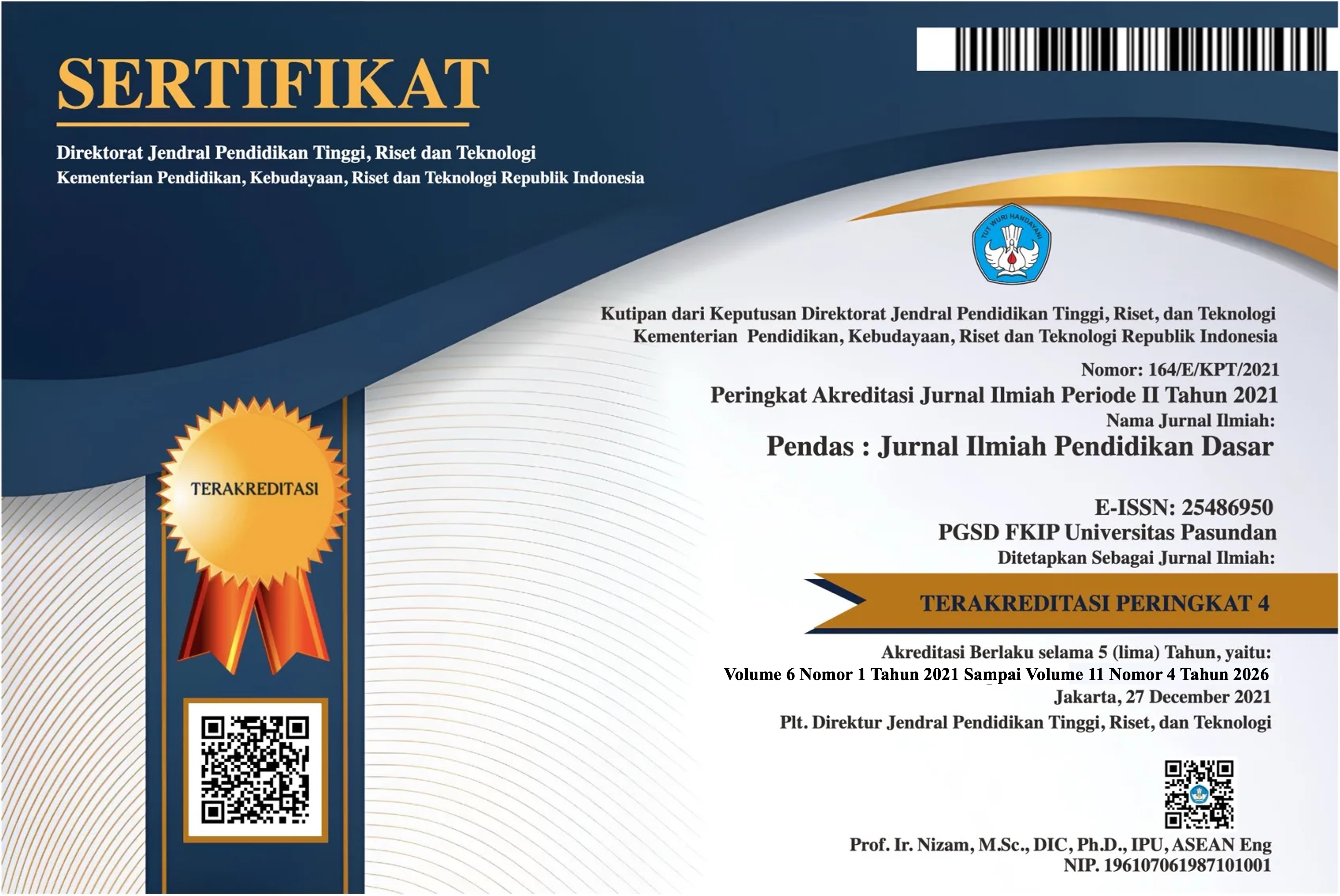KONTRIBUSI FISIOLOGI OLAHRAGA DALAM MENGATASI RISIKO MENUJU PRESTASI OPTIMAL
DOI:
https://doi.org/10.23969/jp.v10i2.27552Keywords:
sports physiology, risk, optimal performanceAbstract
Maximum achievement in the world of sports can only be achieved if training is carried out in a quality manner and follows systematic coaching principles such as the concept of coaching pyramid. The use of science and technology (IPTEK) is very important to obtain data on the physiological characteristics of athletes, which are then used as a reference in compiling training programs. In the training process, load management must consider the physical condition of each athlete, because the training load functions to stimulate an increase in their physiological capacity. However, errors in managing the training load can have a negative impact on the athlete's physical condition. Signs such as increased heart rate, frequent dizziness, and digestive and metabolic disorders are symptoms of overtraining that will hinder the athlete's performance in achieving the best performance. This overtraining is usually caused by errors in planning and implementing the training program
Downloads
References
Astrand PO. Rodahl, 1986. Text Book of Work Physiology: Physio-Logical Basis of Exercise. New york : MCGraw Hill Bool Company.
Bompa TO, 1990. Theory and Methodology of Training : The Key to Athletic Performance. 2nd edition. Iowa: Kendall/Hun Pub . Company.
Costill dl, 1979. Fractinal Utilization of The Aerobic Capac-ity During Distance Running. Medicine and Sci-ence In Sports 5.
Fox EL, Bower RW, foos Ml, 1988. the Physiological Basis Of Physical Education and Athletics, 4th edition.Philadelphia : Saunders College Publishing.
Frank.W.D, 1992. Sport Training Principles. 2nd ED. A&C Block London.
Harsono, 1982. Coaching dan Aspek-Aspek Psikologis dalam Coaching. Jakarta: CV. Tambak Kasuma.
Hakkinen, 1993. Neuromuscular Fatigue and Recovery In Male and Female Athletes During Heavy Resis-tance Exercise. J Sport med 14.
Harre Dietrich, 1982. Principle of Training. Berlin : Sport Verlag.
Janssen PGJM, 1989. Training Lactate Pulse-Rate. Finland : Polar Electro 0y.
Lehninger,1992. Principles of Biochemistry. Alih bahasa: Maggy Thenawidjaya. Jakarta: Erlangga.
Mc Ardle WD., Katch FI, 1986. Exercise Physiology En-ergy, Nutrition, and Human Performance: 2 ndedition, Phila delphia: Les & Febiger.
Murray, 1992. Nutrition for the Marathon an other Endur-ance Sports. Environt Mental Stress and Dehidration. Vol.24, No.9.
Purba, 2012. Prestasi Puncak Atlet Tercapai dengan Menerapkan Iptek Olahraga, Khususnya Ilmu Faal Olahraga” http://www.unpad.ac.id
TriRustiadi, 2013. Pengertian Fisiologi Olahraga. Wel- Wel-come to Hardy Jackson’s Blog. http://hardyjackson33.blogspot.com.
Tortora,J.G. 1990. Principles of Anatomy and Physiology.6th. Ed.New York:Harper &Row, Publishers.
Wilmore JH, Costill DL, 1988. Training For Sport and Activity The Physiological Basis of The Conditioning. Iowa: Wm C Browmn Publishers Dubuque.
Downloads
Published
Issue
Section
License
Copyright (c) 2025 Pendas : Jurnal Ilmiah Pendidikan Dasar

This work is licensed under a Creative Commons Attribution 4.0 International License.



















